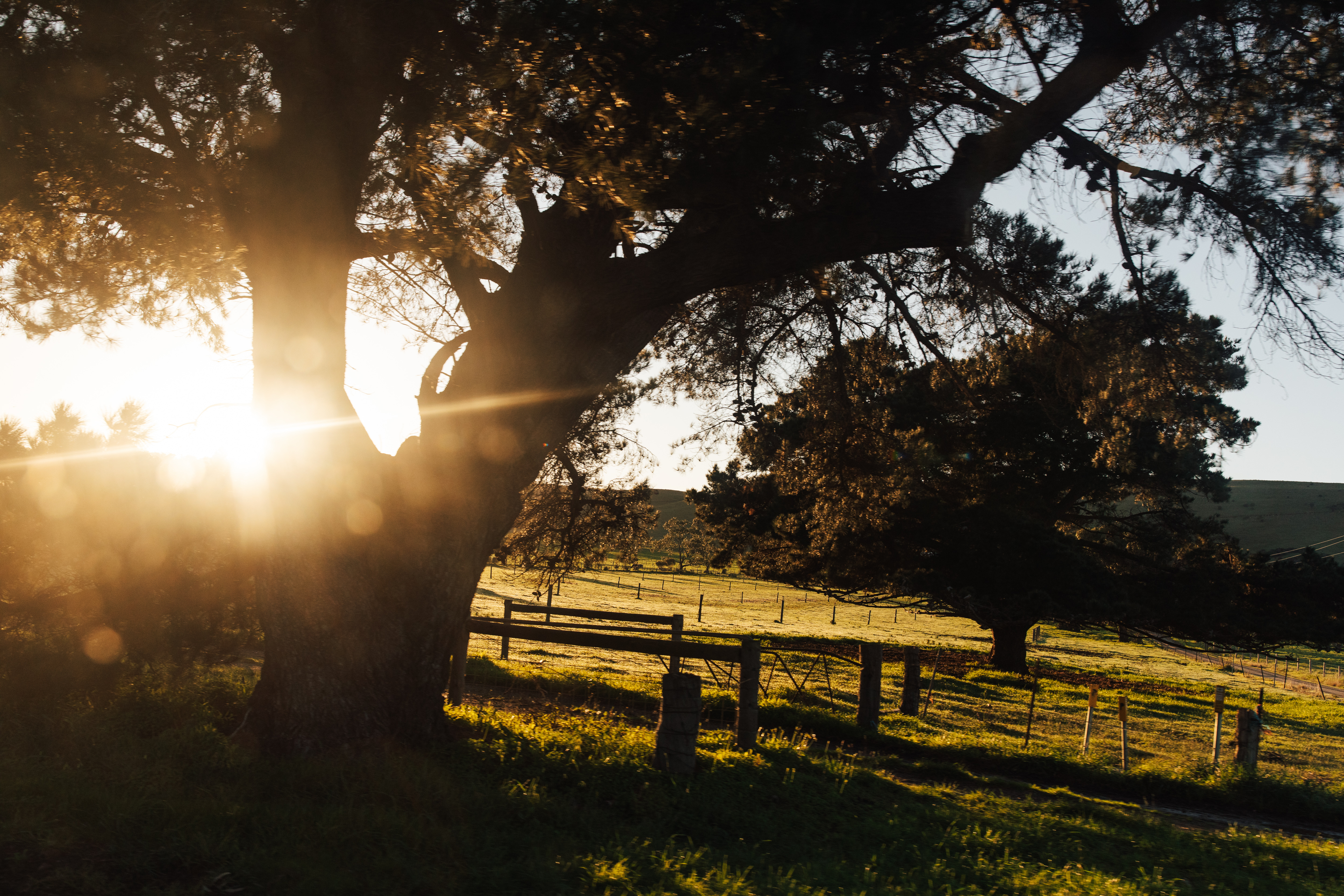
The growing policy disconnect
[as published in the Stock Journal]
We often talk about the degrees of separation from agriculture increasing with every generation as populations continue to urbanise and the associated lack of understanding this causes. Increasingly, we are seeing the implications of this demographic shift on government policy setting.
As the drought continues to deepen and more livestock producers and regional communities come under extreme pressure, policy misalignment with the aims of national drought policy are becoming more evident. In building drought resilience businesses, a growing number of producers are finding that they do not qualify for the safety net designed to always be available to those experiencing hardship.
The net assets limit of the Farm Household Allowance (FHA) – where combined personal and farm assets must be below $5.5 million when accounting for debt – is proving problematic for livestock producers that have increased economies of scale or diversified into off farm investments to build business resilience.
Another gap in the FHA net assets limit is the lack of indexing and regional context. For example, a March 2025 ABARES report shows that over the last 10 years broadacre farmland prices in Australia have accelerated, with the average price per hectare growing at an average annual rate of 10.2 per cent. However, this growth is not uniform across the country. In SA, the annual growth rate was 12.5 per cent, higher than the national average and considerably higher than several other jurisdictions.
Consistent with one of the aims of drought policy that encourages a consistent and collaborative approach from government, as part of its second drought support package the state government pinned access to the vehicle registration and Emergency Services Levy rebates to the FHA. While this makes sense for administrative efficiency, it means that many SA producers that should be able to access these much-needed relief measures are ineligible.
Water storage levels on farm is another area that has become problematic through this drought. However, a common theme across all water plan reviews is the likely decrease in the amount of consumptive water available. If a producer cannot enlarge a dam, deepen a bore or build a new dam to harvest more water from overland flow, how can a business build stock water resilience?
And when it rains again, and it will, a tried and tested affordable restocking option that has served SA producers well in previous droughts will not be available following the flock liquidation that has (and continues to) occurred in WA following the federal government’s decision to phase out live sheep exports in early 2023.
Live sheep exports and the recent state government decision to build houses on some of the best agricultural land aside, governments don’t set out to design poor policy. They are however increasingly becoming part of our urbanisation challenge, which makes getting the right policy settings for our industry harder.
Drought and other policies are always evolving. However, when governments don’t heed timely industry advice or at all, the consequences can be significant.
By Travis Tobin